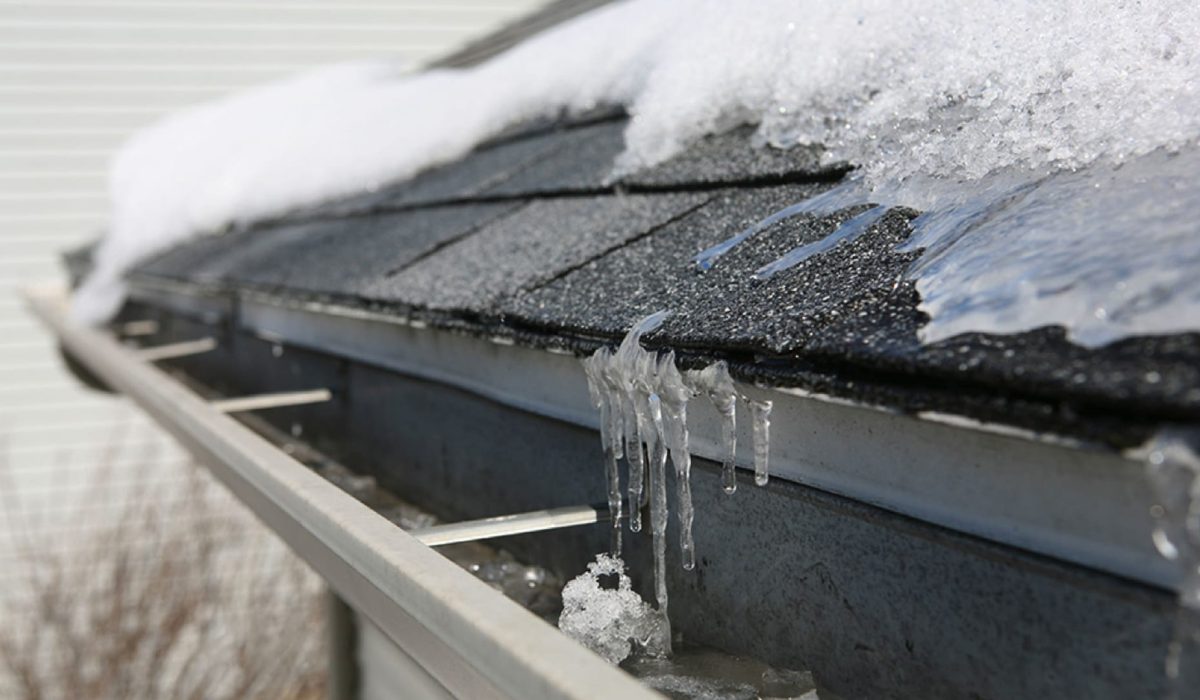Ice and Water Shields: What You Need to Know for Your Roof
Ice and water shields are protective barriers that help keep your roof safe from water damage and ice problems. These special materials work underneath your regular roofing to prevent water from entering your home when snow melts or during heavy rain. Understanding how these shields work, their benefits, and proper care helps you make smart decisions about protecting your roof. This guide covers everything you need to know about ice and water shields, from their importance to proper maintenance for optimal protection. Working with a reliable roofing team helps avoid these mistakes and ensures proper installation and maintenance.
Importance of Ice and Water Shields
Ice and water shields create a waterproof barrier in areas where leaks are most likely to occur. Made of rubberized material that adheres to your roof deck, they prevent water from seeping through, even if your shingles become damaged. They’re most important along roof edges where ice dams form and in valleys where roof sections meet. When ice melts, water can back up under shingles, but shields prevent this water from reaching the wood underneath. They also protect areas around chimneys and vents where leaks commonly occur. Installing shields costs much less than fixing water damage later.
Benefits of Using Shields
Ice and water shields create a waterproof barrier in areas where leaks are most likely to occur. Made of rubberized material that adheres to your roof deck, they prevent water from seeping through, even if your shingles become damaged. They’re most important along roof edges where ice dams form and in valleys where roof sections meet. When ice melts, water can back up under shingles, but shields prevent this water from reaching the wood underneath. They also protect areas around chimneys and vents where leaks commonly occur. Installing shields costs much less than fixing water damage later.
Proper Installation Techniques
Installing ice and water shields correctly is important for them to work properly. Start with a clean, dry roof deck – any dirt or moisture can prevent the shield from sticking properly. Measure carefully and cut the shield material to fit your roof sections, ensuring that you overlap pieces by at least 6 inches where they meet. Remove the backing slowly and press the shield down firmly, working out any air bubbles that may have formed. Please pay special attention to the edges and seams, ensuring they’re completely sealed. Around roof openings, such as vents or chimneys, cut the material carefully and seal all edges thoroughly. Use the proper nails or fasteners as recommended by the manufacturer, and follow all steps in the instructions without skipping any. Taking time to install shields correctly ensures they’ll protect your roof for many years.
Maintenance Tips for Longevity
Taking care of your ice and water shields helps them last longer and function more effectively. Check your shields at least twice a year, especially after severe weather. Inspect the material for any tears, punctures, or areas where it is lifting from the roof. Remove debris, such as leaves, branches, or ice, that may collect on your roof, as this can damage the shields over time. If you find small problems, address them promptly before they escalate. Keep gutters clean so water drains properly and doesn’t back up onto the shields. Watch for signs of water damage inside your home, such as stains on ceilings or walls, which may indicate that the shields require attention. During roof inspections, have professionals check the shields and surrounding areas to catch potential issues early.
Common Mistakes to Avoid
Avoiding common mistakes helps ensure your ice and water shields work properly. Don’t rush the installation – taking shortcuts often leads to leaks later. Make sure the roof surface is completely clean and dry before applying shields, as any moisture or debris can prevent proper adhesion. Don’t skip the overlap requirements between shield sections, as gaps can allow water to pass through. Avoid installing shields in extremely hot or cold weather, as the material may not adhere properly. Don’t ignore manufacturer instructions about which nails or fasteners to use, as the wrong hardware can create leak points. Regular inspection is important – don’t wait until you see water damage to check your shields.
Related Topics:


2 Comments
Comments are closed.